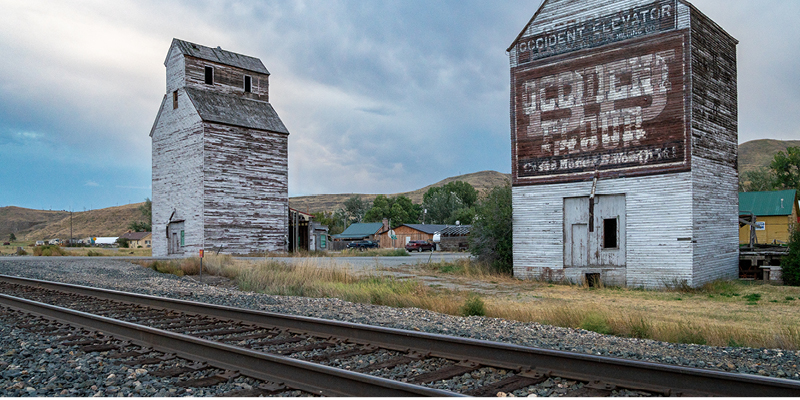Passenger Rail Service on Track to Return to Montana's Yellowstone Country
 Reed Point, photo by Kaden Harrison
Reed Point, photo by Kaden Harrison
Just before the holidays, we got word that the Big Sky Passenger Rail Authority (BSPRA) was accepted into the federal Corridor ID Program. This is the first step toward reinstating a passenger rail from Chicago to Seattle. Congress accepted sixty-nine routes into the program; of those, this is the only long-distance route to be approved.
The initial approval included a $500,000 grant for BSPRA to work with partners such as the Federal Rail Administration (FRA), BNSF and Amtrak to develop a scope of work planning document which will include a scope of the route, proposed schedule and a proposed base estimate budget.
Once the work plan deliverable is met, the next phase of the project will move forward to create a service plan, including infrastructure needs that benefit both passenger and freight rails, where the depots will be, and what service will be provided. Ideally, they would like the trains to run twice a day in both directions.
Final steps involve looking at the engineering and environmental impact. At this stage, BSPRA will coordinate with the FRA to plan the project.
 Reed Point, Photo by Kaden Harrison
Reed Point, Photo by Kaden Harrison
Jason Stuart, Vice Chair of the BSPRA, explains the process on a recent podcast, Voices of Montana. Stuart describes how rail service benefits local and state economies, citing the Empire Builder, the passenger rail across Montana’s Highline. According to Stuart, federal tax dollars invest the 57 million per year to run the service, which leads to a $595 million economic output for the states it crosses. Of that, $101 million benefits Montana.
In addition to the economic benefit, the rail service would provide a safe, affordable, comfortable and all-weather transportation option, improving the quality of life for Montanans living in rural areas. Notably, passenger rails make accessing health care and veteran services easier and connect rural and tribal communities to our more populated areas.
Stuart also talks about the need to reinvest in rail structure in our country in general. He notes that one freight train can move as many goods as three hundred 18-wheelers, which I found to be staggering. Not only is rail service more efficient, but it’s also better for our environment.
The proposed route existed into the late 70s when cuts to Amtrak ended it. The new scope of work will take six to eight months to create and will address conflicts with other train traffic and plans for the train depots.
It’s exciting to see all the hard work BSPRA has done pay off. We cannot pass up this opportunity to say, “The train is leaving the station!”



